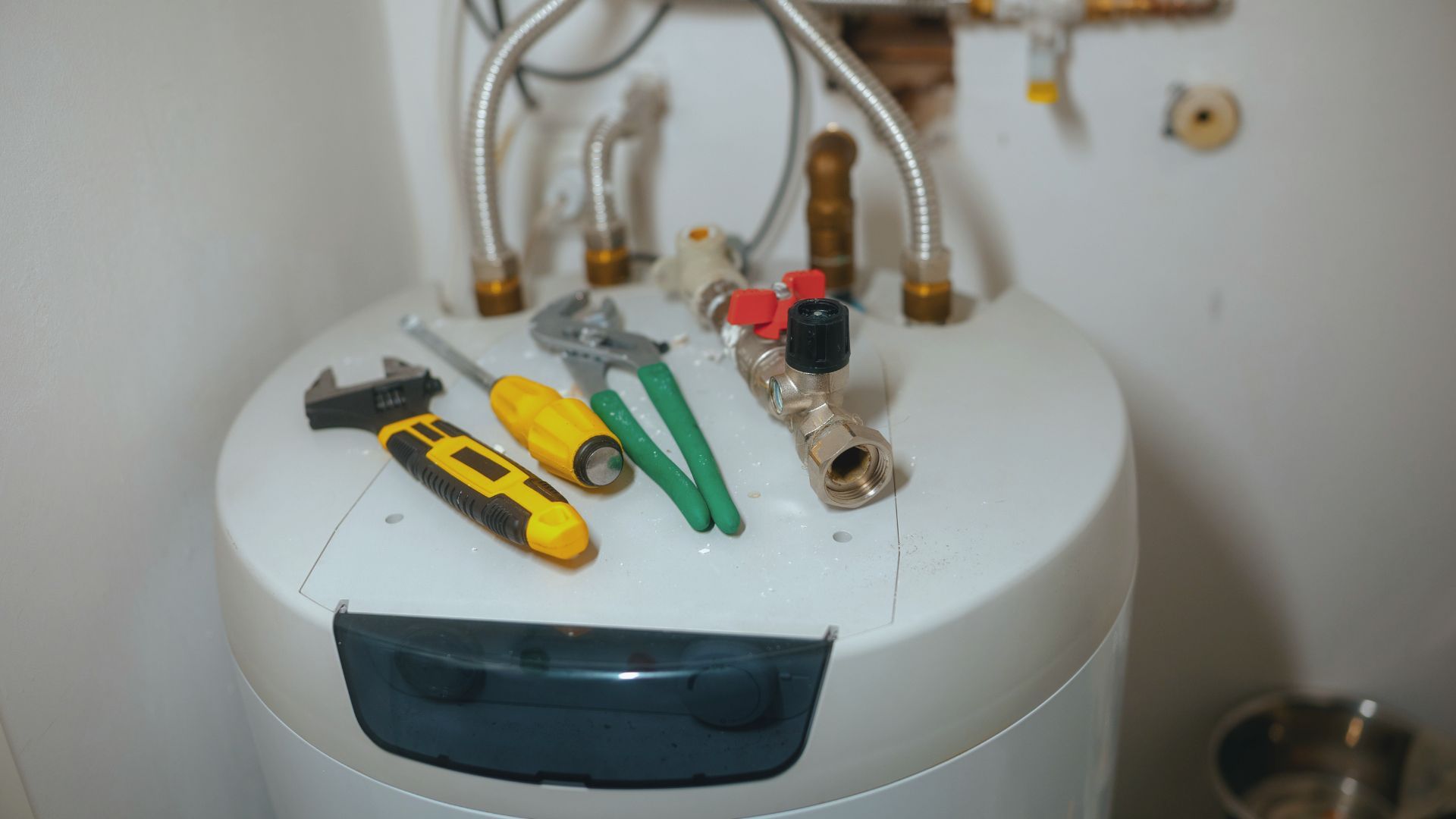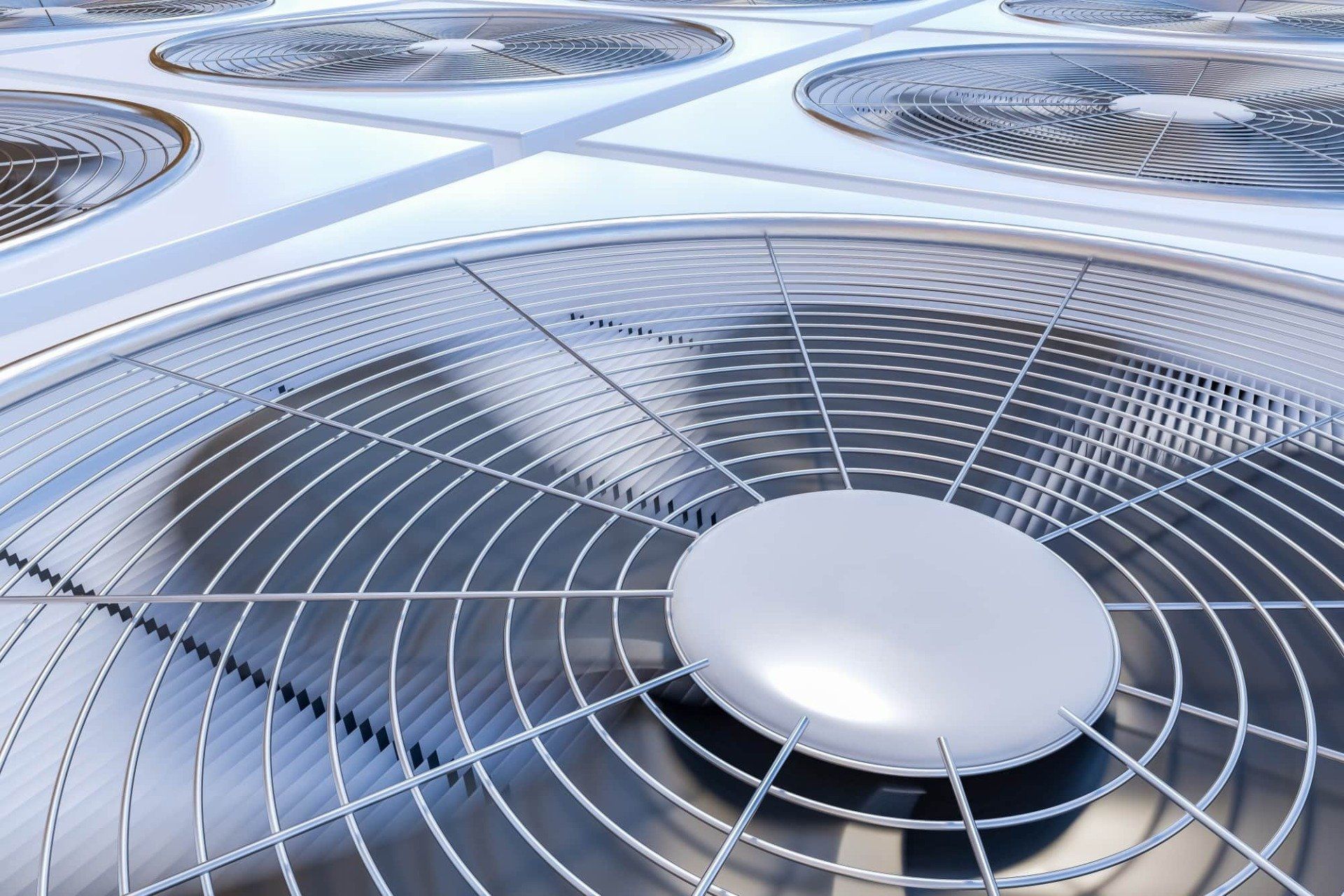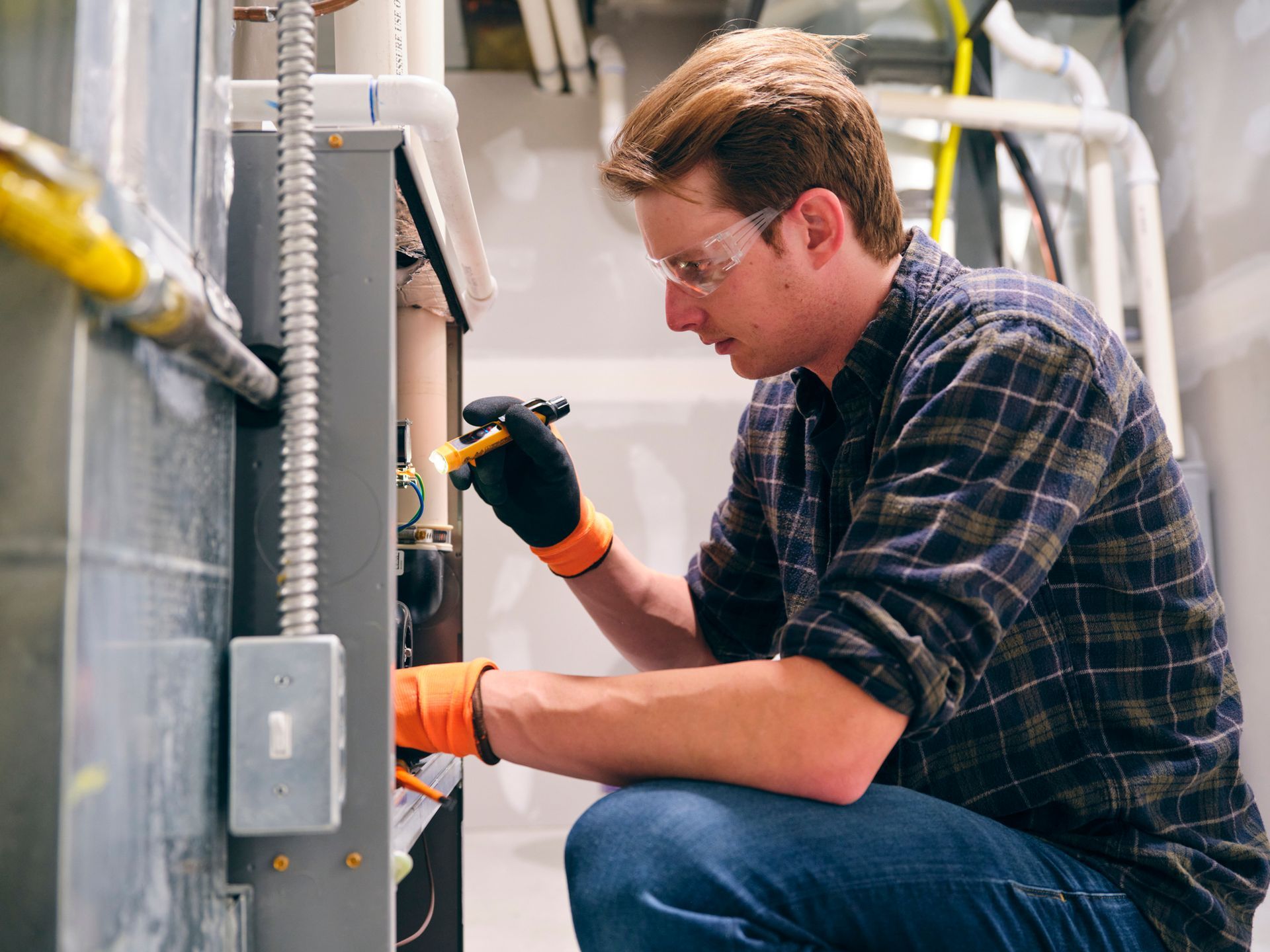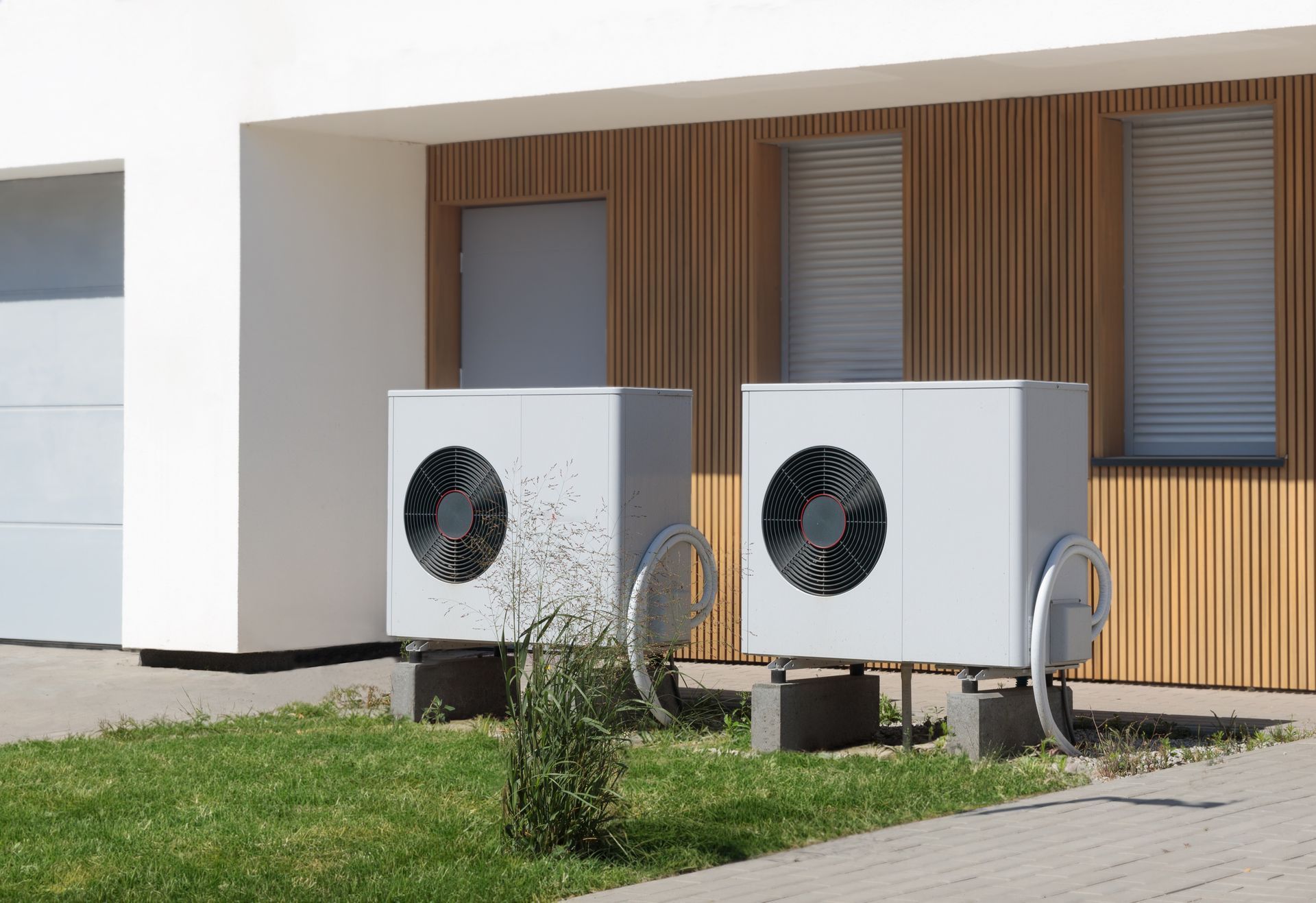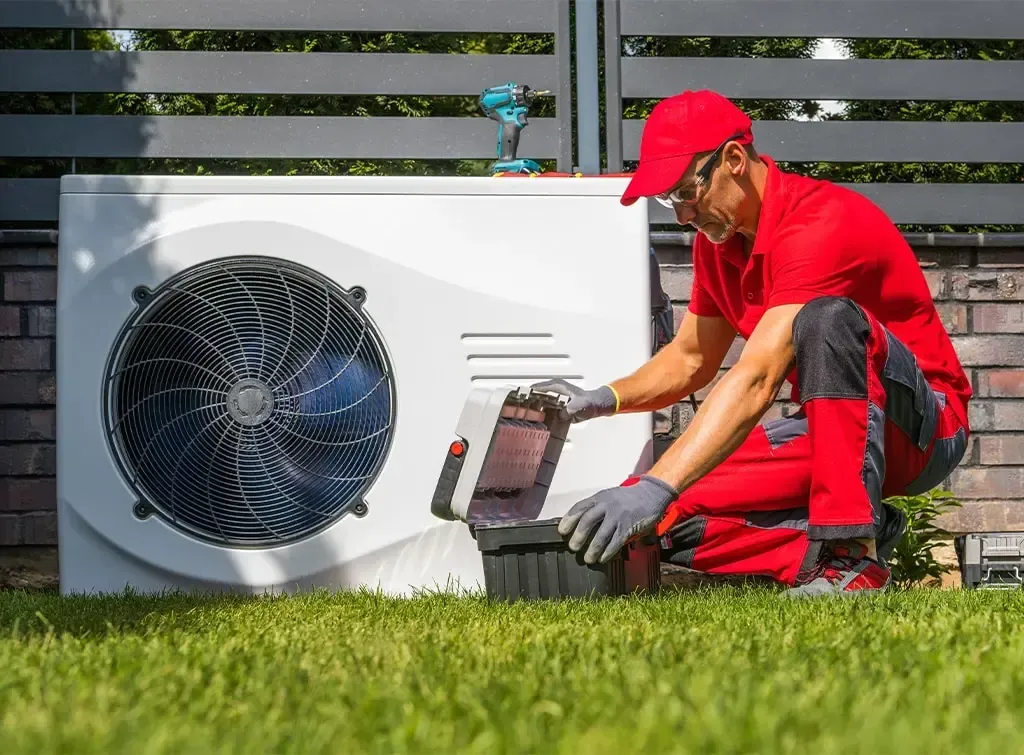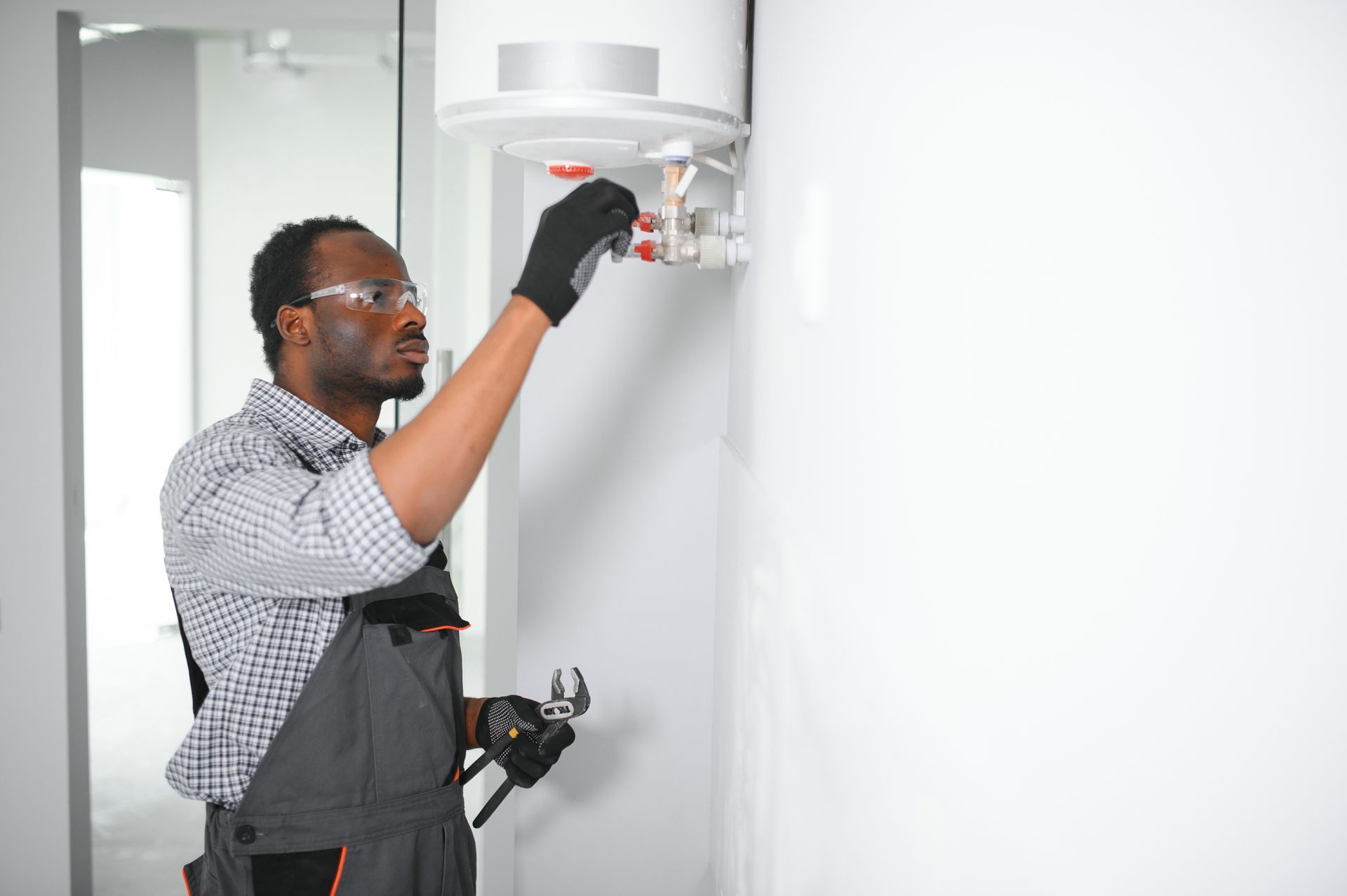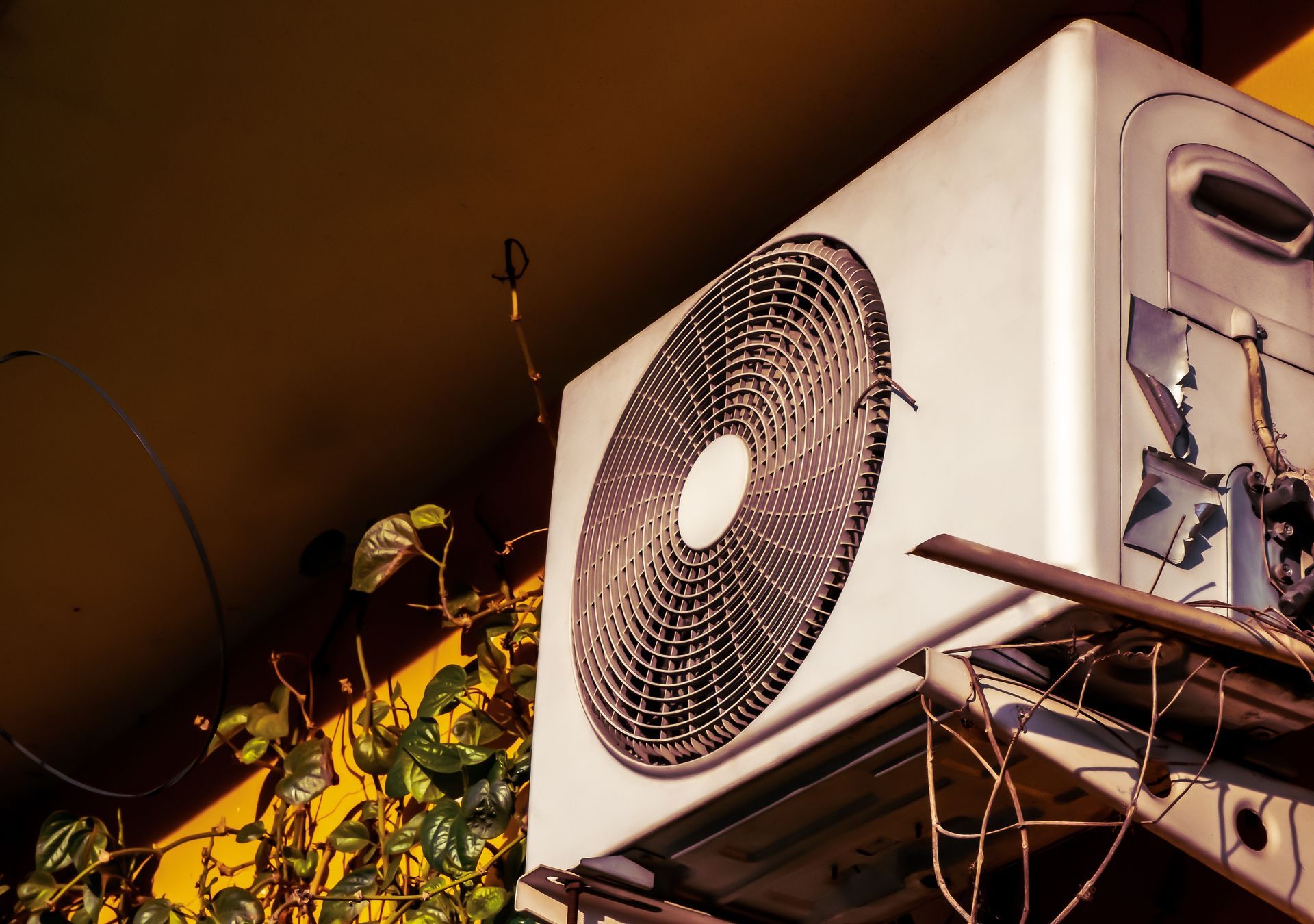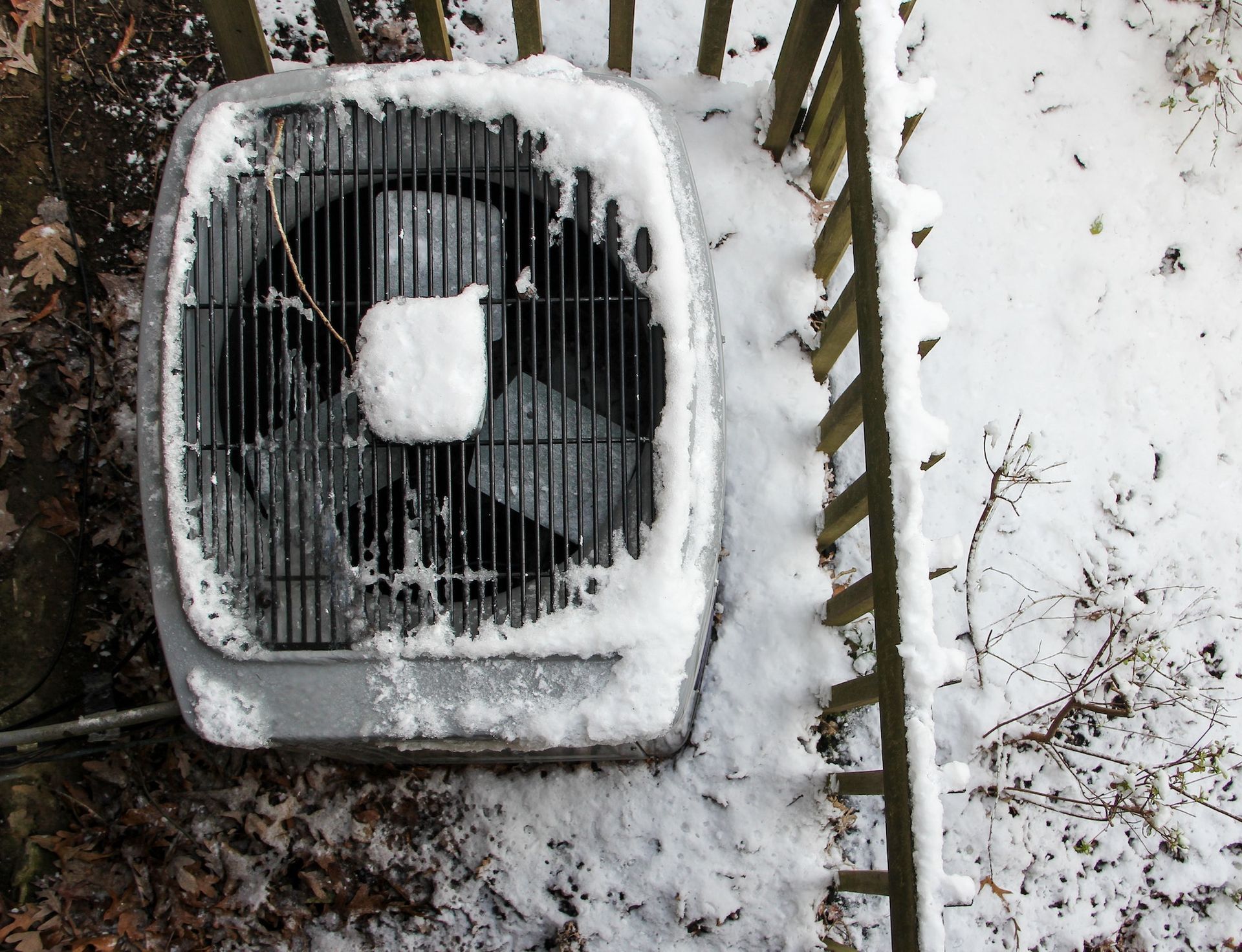How to Regulate the Humidity in Your Home
How to Regulate the Humidity in Your Home
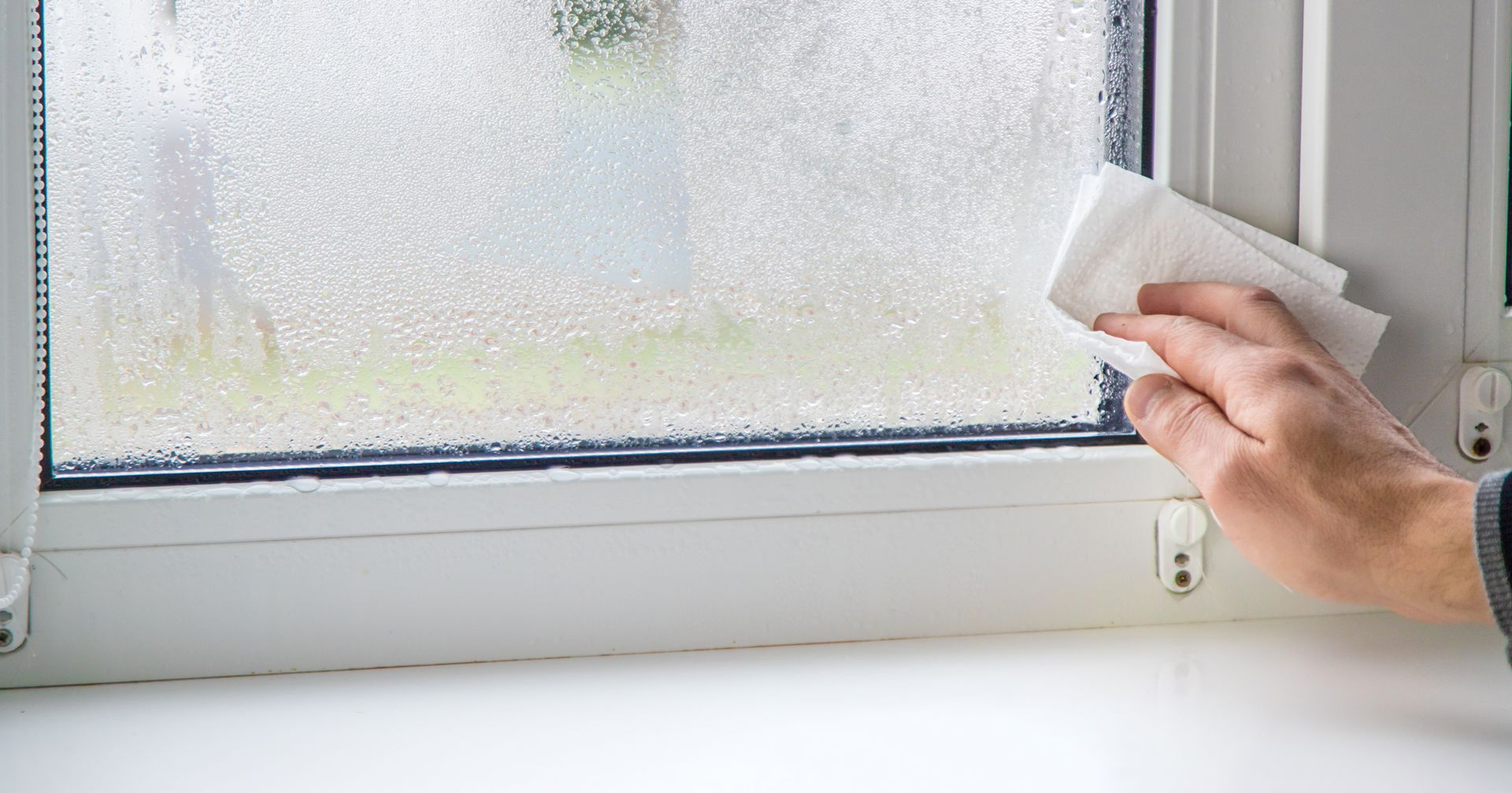
Walking into your home should feel like a breath of fresh air—literally. But when humidity levels go haywire, your sanctuary can quickly turn into an uncomfortable, unhealthy environment. Too much moisture leaves you sticky and promotes mold growth, while too little makes your skin crack and your furniture split.
Getting humidity right isn't just about comfort. It protects your health, preserves your home, and can even slash your energy bills. This guide will show you exactly how to achieve that perfect balance, from simple DIY fixes to professional solutions that transform your entire living space.
Why Humidity Control Matters More Than You Think
Health Benefits of Proper Humidity
Your body thrives when indoor humidity stays between 30-50%. Within this sweet spot, your respiratory system works efficiently, your skin stays hydrated, and harmful bacteria struggle to multiply.
When humidity drops below 30%, you'll notice immediate effects. Your nasal passages dry out, making you more susceptible to infections. Static electricity builds up, shocking you every time you touch a doorknob. Your eyes feel gritty, and that persistent cough just won't quit.
Research from the Mayo Clinic shows that low humidity environments increase your risk of catching respiratory infections by up to 70%. The dry air creates tiny cracks in your nasal passages—perfect entry points for viruses and bacteria.
High humidity above 60% brings different problems. Dust mites flourish in these conditions, triggering allergies and asthma attacks. Mold spores spread rapidly, causing respiratory issues and potentially serious health complications for sensitive individuals.
Protecting Your Home Investment
Your house is more than shelter—it's likely your biggest investment. Improper humidity levels can cause thousands of dollars in damage over time.
Excessive moisture warps hardwood floors, peels paint, and creates the perfect breeding ground for mold behind walls. Insurance companies report that moisture-related damage accounts for nearly 20% of all homeowner claims.
Low humidity causes its own destruction. Wood furniture cracks and splits. Musical instruments go out of tune permanently. Antique pieces lose value as joints loosen and finishes deteriorate.
The American Society of Home Inspectors estimates that proper humidity control can prevent up to 85% of moisture-related structural damage. That's significant protection for your investment.
Understanding Your Home's Humidity Patterns
Seasonal Changes and Challenges
Every season brings unique humidity challenges. Winter heating systems strip moisture from the air, often dropping indoor levels below 20%. Summer air conditioning removes humidity but can create uneven distribution throughout your home.
Spring and fall present transitional challenges. Outside humidity fluctuates wildly, making it difficult to maintain consistent indoor levels without proper systems in place.
Geographic location plays a huge role. Coastal areas naturally have higher humidity, while mountain regions tend toward dryness. Desert climates require constant moisture addition, while humid subtropical zones need year-round dehumidification.
Measuring Humidity Accurately
You can't manage what you don't measure. Digital hygrometers provide accurate readings and cost less than $20. Place them in different rooms to understand how humidity varies throughout your home.
Basements typically register higher humidity due to concrete's moisture retention and limited air circulation. Upper floors often run drier, especially in winter when warm air rises and holds less relative moisture.
Bathrooms and kitchens experience dramatic humidity spikes during use. Without proper ventilation, these areas can reach 80% humidity within minutes of showering or cooking.
Practical Humidity Control Solutions
Adding Moisture When Levels Drop
Portable Humidifiers: Your First Line of Defense
Portable humidifiers offer immediate relief for dry conditions. Ultrasonic models run quietly and efficiently, making them perfect for bedrooms. Evaporative humidifiers work well in larger spaces and naturally prevent over-humidification.
Place humidifiers away from electronics and wooden furniture to prevent damage from excess moisture. Clean them weekly with vinegar to prevent bacterial growth and mineral buildup.
Whole-House Humidification Systems
For comprehensive moisture control, whole-house humidifiers integrate with your HVAC system. These units add moisture to all circulated air, maintaining consistent levels throughout your home.
Steam humidifiers provide the most precise control, generating pure vapor that won't introduce minerals or contaminants. Bypass humidifiers work efficiently with forced-air systems, using your furnace's heat to evaporate water.
Natural Humidity Boosters
Several simple strategies can increase humidity without mechanical systems. Place water bowls near heat sources—the evaporation adds gentle moisture. Houseplants naturally release water vapor through transpiration while improving air quality.
Air-drying clothes indoors during winter months adds beneficial moisture while reducing energy costs. Just ensure proper ventilation to prevent condensation on windows and walls.
Reducing Excess Moisture
Strategic Dehumidification
Dehumidifiers remove excess moisture efficiently. Refrigerant models work best in warm conditions, while desiccant units excel in cooler environments like basements.
Size your dehumidifier properly. A unit that's too small will run constantly without achieving target levels. Oversized units cycle too frequently, wasting energy and failing to maintain consistent humidity.
Empty collection tanks daily and clean filters monthly for optimal performance. Position units away from walls and furniture to ensure proper airflow.
Improving Ventilation
Proper ventilation prevents moisture buildup naturally. Exhaust fans in bathrooms and kitchens remove humidity at the source. Run bathroom fans for 30 minutes after showering to eliminate residual moisture.
Kitchen range hoods vented outside prevent cooking moisture from spreading throughout your home. Avoid recirculating models that simply filter air without removing humidity.
Attic and crawl space ventilation prevents moisture accumulation in these critical areas. Ridge vents and soffit vents create natural airflow that carries away excess humidity before it affects living spaces.
HVAC System Optimization
Your heating and cooling system significantly impacts humidity levels. Oversized air conditioners cool quickly but don't run long enough to remove moisture effectively. Right-sized units maintain better humidity control while using less energy.
Variable-speed HVAC systems provide superior humidity management by adjusting airflow based on conditions. These systems run longer at lower speeds, removing more moisture than single-speed units.
Regular maintenance ensures optimal performance. Clean air filters monthly, clear drain lines annually, and have coils inspected for proper moisture removal.
When to Call the Professionals
Signs You Need Expert Help
Some humidity problems require professional intervention. Persistent musty odors indicate hidden mold growth that needs immediate attention. Water stains on ceilings or walls suggest moisture infiltration through your building envelope.
Condensation on windows during mild weather signals severe humidity imbalances. White, chalky deposits around vents indicate mineral buildup from improper humidification.
Energy bills that spike without explanation often point to HVAC systems working overtime to manage humidity. Professional assessment can identify inefficiencies and recommend solutions.
The Adam's Air Systems Advantage
Professional HVAC contractors like Adam's Air Systems bring expertise that makes the difference between temporary fixes and permanent solutions. They assess your entire home environment, identifying moisture sources and designing comprehensive control strategies.
Adam's Air Systems specializes in whole-house humidity solutions that integrate seamlessly with your existing HVAC system. Their technicians understand how your home's unique characteristics affect moisture levels and recommend systems sized specifically for your needs.
Professional installation ensures optimal performance and longevity. Adam's Air Systems technicians properly size equipment, optimize placement, and integrate controls for effortless operation. They also provide ongoing maintenance to keep systems running efficiently year after year.
Comprehensive System Design
Every home presents unique humidity challenges. Adam's Air Systems conducts thorough assessments, measuring humidity levels throughout your home and identifying problem areas. They consider factors like square footage, occupancy patterns, and local climate conditions.
Their solutions often combine multiple approaches—perhaps a whole-house humidifier for winter comfort plus strategic dehumidification for basement moisture control. This comprehensive approach addresses all your humidity concerns with coordinated systems.
Professional-grade equipment offers superior performance and reliability compared to consumer models. Commercial-grade humidifiers and dehumidifiers handle larger capacities while maintaining precise control. They're built for continuous operation and include advanced features like automatic drainage and smart controls.
Energy-Efficient Solutions
Energy recovery ventilators (ERVs) manage humidity while improving indoor air quality. These systems exchange stale indoor air with fresh outdoor air while transferring moisture and temperature between air streams. In winter, they retain indoor humidity while bringing in fresh air. During summer, they prevent outdoor humidity from entering your home.
Heat pump dehumidifiers use significantly less energy than traditional models. They recover heat from the dehumidification process to warm the space, reducing overall energy consumption.
Variable refrigerant flow (VRF) systems provide precise humidity control for larger homes. These advanced systems adjust cooling and dehumidification independently, maintaining perfect comfort conditions throughout your home.
Maintaining Your Humidity Control Systems
Regular Maintenance Tasks
Consistent maintenance keeps humidity control systems operating efficiently. Change humidifier filters monthly during peak season. Clean mineral deposits from humidifier reservoirs weekly using white vinegar.
Dehumidifier coils need cleaning quarterly to maintain efficiency. Dirty coils force the compressor to work harder, increasing energy consumption and reducing lifespan.
Check drainage systems regularly. Clogged drains cause water backup that can damage equipment and create mold growth opportunities.
Professional Service Benefits
Annual professional maintenance catches problems early and optimizes performance. Adam's Air Systems technicians calibrate sensors, test safety controls, and inspect all components for wear.
They also update system programming as needed, adjusting settings for seasonal changes and evolving comfort preferences. Professional service extends equipment life while maintaining peak efficiency.
Emergency repair services ensure you're never left uncomfortable. Adam's Air Systems provides rapid response for system failures, getting your humidity control back online quickly.
Creating Your Perfect Indoor Environment
Achieving optimal humidity requires the right combination of equipment, installation, and maintenance. While portable units handle immediate needs, comprehensive comfort demands professional solutions designed for your specific home.
Don't let humidity problems compromise your health, comfort, or property value. Professional assessment identifies the most effective solutions for your unique situation, while expert installation ensures reliable, efficient operation.
Ready to transform your indoor environment? Contact Adam's Air Systems today for a comprehensive humidity assessment. Their experienced technicians will design a customized solution that keeps your home comfortable year-round while protecting your investment. Call now to schedule your consultation and discover how professional humidity control can enhance your quality of life.
